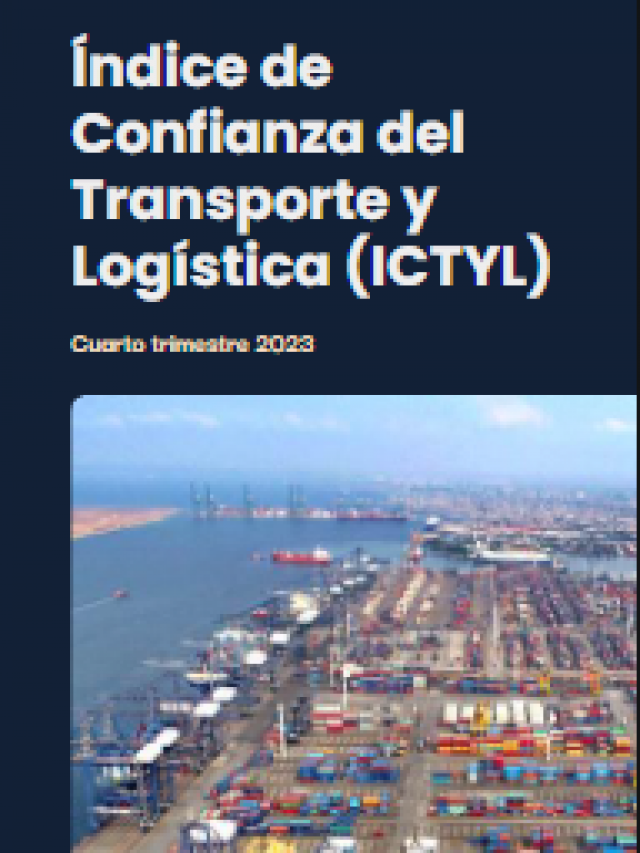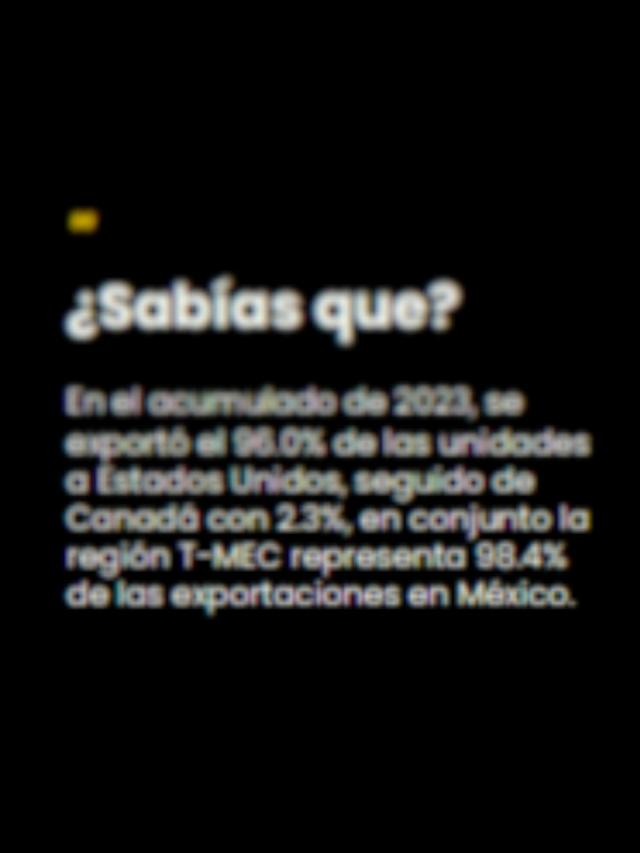
MONTERREY, NL— Cross-border logistics facesa series of constantly intensifying challenges, from border controls to freight security.
During the Redwood Customer Advisory Board 2025 , Jessica Solís, Director of Operations at Redwood Mexico , highlighted key topics such as tariff uncertainty, driver shortages, and freight security.
He also addressed the complexities of the border situation, particularly in the context of inspections , problems associated with organized crime, and the impact of immigration policies, which have increased congestion and delays in the crossing of goods.
Solís explained that border inspections, particularly at the El Paso crossing , have become more rigorous, partly as a result of immigration policy that seeks to stem the flow of substances like fentanyl into the United States.
Although he acknowledged that these inspections have not had a significant impact on reducing illegal trafficking, they have caused an increase in wait times and congestion.
“We’ve heard stories from several of our partners about how, for example, a driver crossing has to undergo inspections of both people and cargo. This creates delays, which has been a headache for many companies,” Solís said.
Cargo theft and security strategies
Security in the transportation of goods is another critical issue in Mexico that Solís highlighted as disruptive to the supply chain.
“In Mexico, cargo theft remains a reality, and we cannot ignore it,” he stressed.
Although Redwood Mexico handles approximately 30,000 loads annually and has had few incidents, Solís emphasized that cargo theft remains a constant problem, with alarming statistics such as approximately 84% of thefts being committed with violence .
To mitigate these risks, Redwood implements risk assessments and safety measures such as establishing approved stops and using technology to monitor cargo status in real time.
“In terms of security, it’s not only important to plan and anticipate, but also to have adequate cargo insurance, because if criminals really want to steal your cargo, they’ll do it no matter what,” Solís emphasized.
He also highlighted the importance of supply chain visibility as a crucial tool for managing the challenges of cross-border transportation.
“It’s not just about knowing where your truck is at 3 p.m., but about having a clear view of the entire supply chain, from loader to receiver,” he noted.
Complete visibility enables companies to identify and address issues more efficiently and reduce uncertainty in the logistics process.
Regarding emerging technologies, Solís believed that the key to improving efficiency in cross-border logistics is systems integration .
“The problem isn’t so much the technology itself, but the ability of systems to communicate with each other. If you fail to integrate all the actors in the supply chain, information becomes dispersed and you can’t make informed decisions,” he explained.
Solís added that while many companies are building their own internal systems, integration across technology platforms is essential for a continuous, real-time flow of information.
Mexico’s role in cross-border logistics
Despite the challenges, Solís remained optimistic about Mexico’s future as a U.S. trading partner.
“Mexico remains the United States’ largest trading partner, and while tariff and trade policy issues are important, the cross-border relationship remains strong. Foreign investment continues, especially in key sectors like manufacturing, although changes in the automotive industry could impact these dynamics,” he stated.
Despite the uncertainty, he noted that the key to thriving in this volatile environment is proactive planning, adaptability, and working collaboratively with supply chain partners to anticipate and address logistical challenges.
Comment and follow us on X: @jenna_GH_/ @GrupoT21















